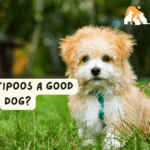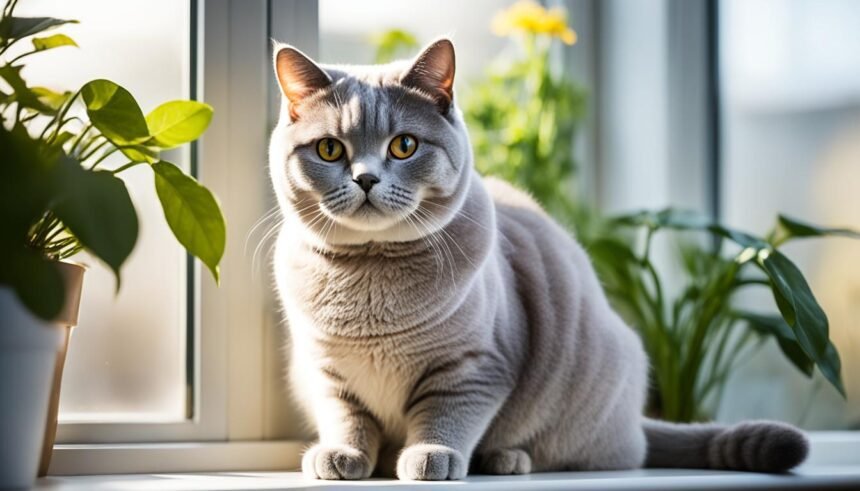Are these dogs suitable for families?
The Sarabi can be a fine family pet, but its size makes it more suited to households with older children. These dogs can grow to over 200 pounds, so imagine the harm they could cause to younger children who do not yet understand boundaries. Even a perfectly timed enthusiastic tail wag can cause a youngster to tumble.
The Sarabi thrives in homes with older children and teenagers. It forms close relationships with its family members, making it an ideal companion. The Sarabi dog, which has a significantly longer lifetime than most other big breeds, will bring many years of companionship.
Does this breed get along well with other pets?
The Sarabi gets along with most canines as long as they are introduced slowly and properly. This is not the breed for you if you have cats, small dogs, or other similarly sized animals in your household. Sarabi dogs have a strong hunting drive and will treat your other pets as prey. It may be feasible to share a home with smaller animals if they are nurtured together from a young age, but we would not take the chance.
Appearance
At first glance, it is clear that this is a huge dog with a muscular, yet agile and athletic body. These dogs must be robust because their primary purpose is to guard cattle against deadly predators, therefore, the Sarabi Mastiff is a very muscular dog with a broad head, strong neck, powerful jaws, heavy-boned legs, a straight back, and a long, thick tail.
The Sarabi dog’s average height is between 70 and 95 cm (28 and 38 inches), and its ideal weight is between 60 and 90 kg (130 and 200 pounds). Females are naturally slightly smaller than males.
The Persian Mastiff has a shorter, but dense double coat that is often one of three colors: fawn, sable, or black.
Temperament
The Sarabi dog is attentive, protective, independent, brave, and fearless, as one would expect from a dog whose primary duty is to defend. And, certainly, these dogs are terrific protectors.
On the other hand, they are quite loyal and faithful to their masters, and they are generally quiet and controlled dogs. These dogs’ personalities have only two sides: vigilant and protective while around strangers, and loving and devoted when with their owner and family.
Of course, this is not a dog for beginners, as without good early training and socialization, these dogs can become overly protective, territorial, and just unmanageable. The Sarabi Mastiff requires an experienced owner who can slowly, firmly, and consistently nurture and train a dog.
Another important factor to consider is their high stamina and energy level. These canines are working dogs, which implies they enjoy having a job. These dogs will undoubtedly prefer to live in a home with a large garden or yard. Where they can protect their territory and exercise organically. Of course, regular, longer walks, playtime, or training sessions are necessary to meet the dog’s mental and physical exercise requirements.
As previously stated, these dogs are extremely loyal to their owners and family, and they genuinely love their family. They are known to be quite tolerant and friendly with children. But you should never leave any dog breed with a very young child unattended.
History
The Sarabi dog is native to northern Iran, particularly the East Azerbaijan province. And has been employed for ages to protect cattle and dwellings from highly powerful predators such as wolves, jackals, and even bears. The Sarabi dog’s name comes from one of Iran’s counties, Sarab.
The Sarabi dog is said to be one of Iran’s earliest indigenous canine breeds. Because of the dog’s long history, determining its exact date of birth or ancestry is practically impossible. According to one idea, they developed from ancient Persian military dogs or other giant Assyrian dogs.
Health and Grooming
The short and dense coat sheds moderately, although grooming requirements are minimal. Even without grooming, the coat of a Sarabi dog will remain in good shape. Brushing your coat regularly is essential for keeping it in good shape and reducing shedding. These dogs can keep themselves rather clean. Like any other breed, you should examine your dog’s eyes, ears, and nails. And teeth regularly and cut or clean them as needed.
Another fantastic aspect is that this is a generally healthy dog breed with a rather long lifespan for a huge dog, ranging between 12 and 15 years. Another benefit is that these canines remain active and healthy as they age. Of course, like any other breed, the Persian Mastiff might develop health disorders such as hip and elbow dysplasia or bloating. But none of these are particularly frequent in this breed.
Read More…
Is a Siberian Husky a Good House Dog?













